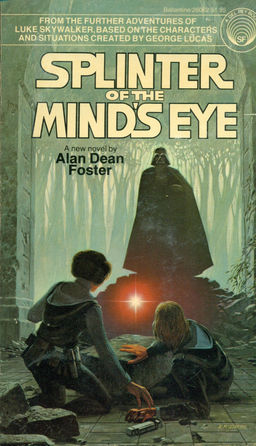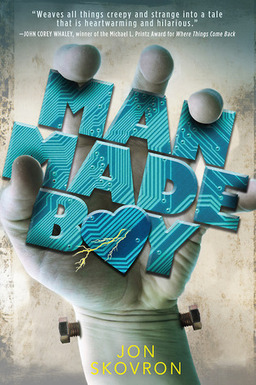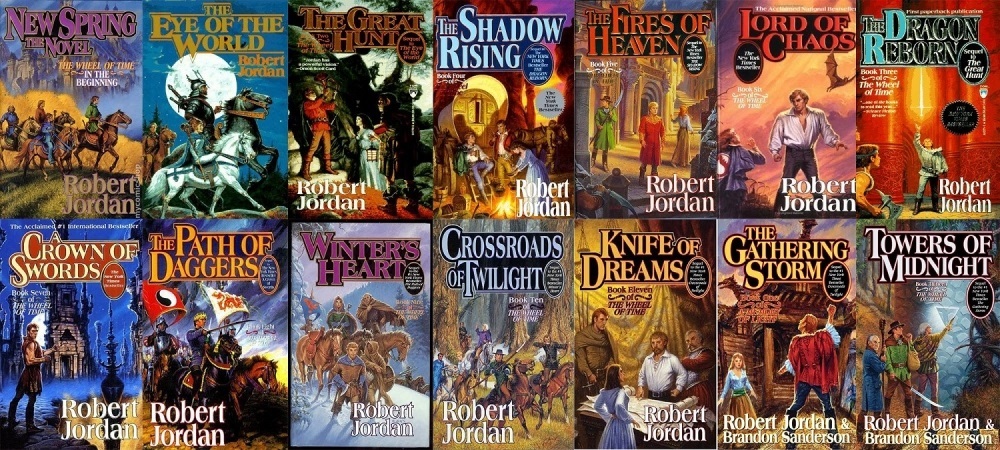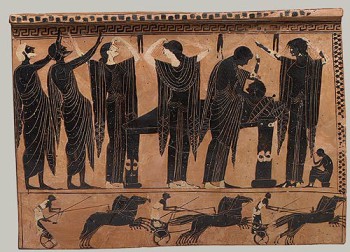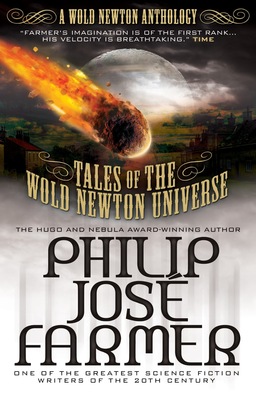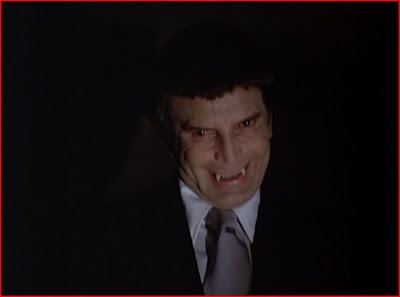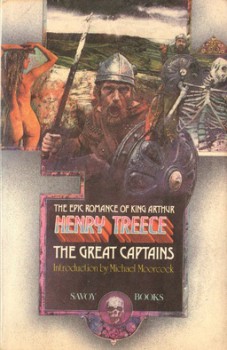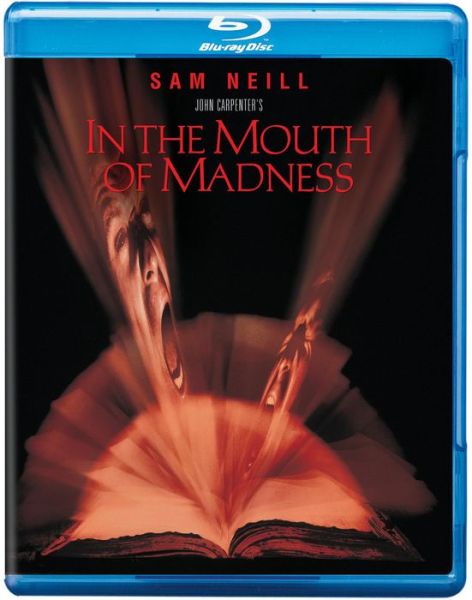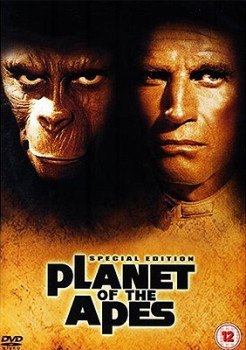Abbotsford: The House We’d All Like to Have

(This week, I’m at World Fantasy Convention in Brighton, England. If you see me, please say hello – it’s my first convention in years!)
I feel so at home in this place, it takes a while to realize that it reminds me of my study.

Weapons and armor roost on the walls, occult tomes jostle with classics and history books for shelf space, and History’s shrapnel — locks of hair, an ancient book, or a scrap of stone or pottery — remind us of a real and concrete past.
Yes, it’s like my study, except it’s an entire house…
Abbotsford House on the Tweed near Melrose, is the absolute archetype of a Fantasy writer’s perfect mansion, except that it was built by the grandfather of historical novelists, Sir Walter Scott, way back in the 19th century.
Sir Walter Scott is Scotland’s Robert E Howard. His Targe and Tartan yarns put Scotland on the 19th-century tourist map. If his text is past its sell-by date, his stories live on on the screen, big and small.
He was so famous in his day that both Blucher and Wellington were glad to meet up when he visited the field of Waterloo. When he fell ill, the government lent him a Royal Navy frigate so he could tour the Mediterranean. (Oh, and, Hail to the Chief? Guess who wrote the original verses?)
